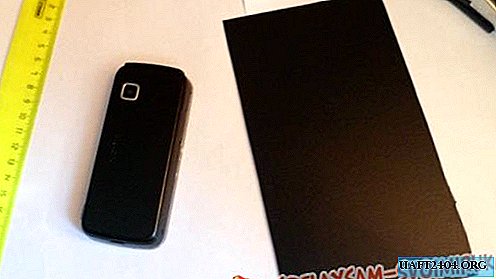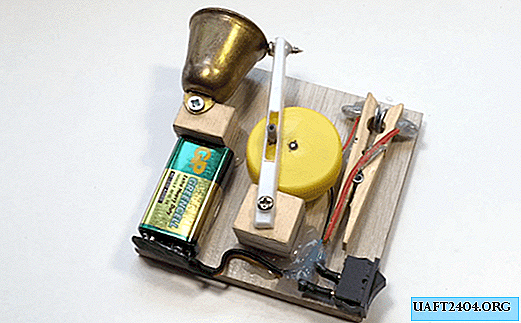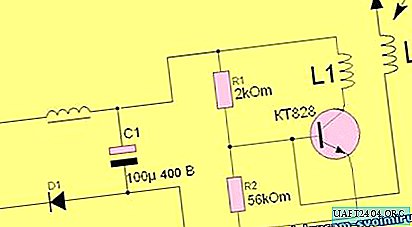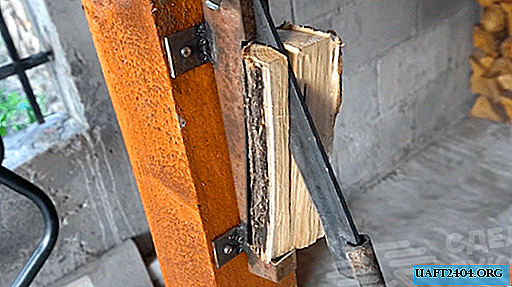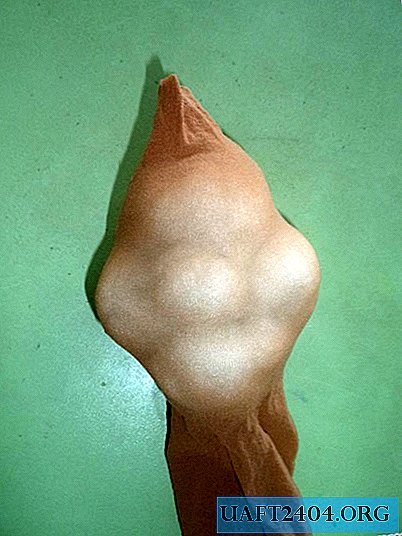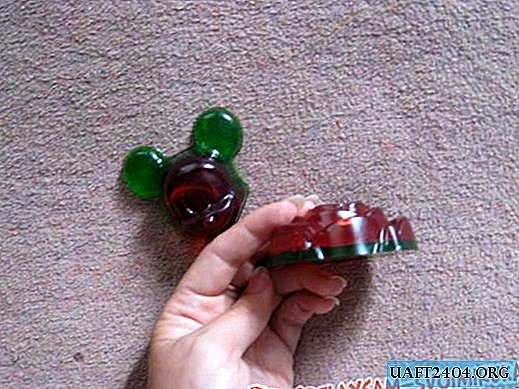Share
Pin
Tweet
Send
Share
Send
The embroidery process develops fine motor skills, which is useful for the brain, develops such qualities as neatness, perseverance, reveals the creative side of the personality, the ability to work on oneself.
Cross stitching, in addition, is also very interesting, time behind this process flies unnoticed, it is difficult to stop.
Beginners should not immediately take on complex schemes with landscapes. It is best to learn from small pictures with the simplest schemes and the minimum number of colors. An ideal option would be an embroidery kit for children. So, a hand is full, the essence will be clear. But a large embroidery will be a pity if something does not work out, moreover, it can immediately discourage desire, and it will be a pity for the money spent on the set.
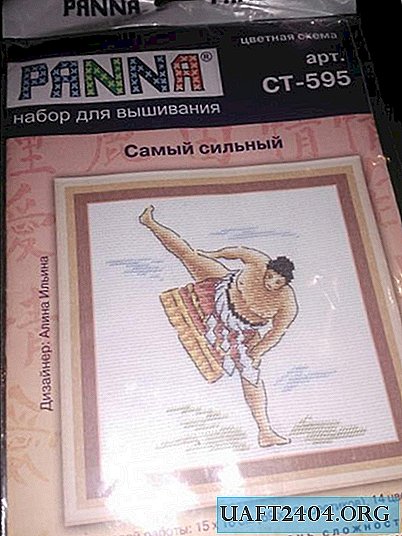
Where to begin? What materials and tools will be needed?
So, we need: a needle for embroidery, (its tip should be blunted), a mouline thread, special fabric - canvas, scissors, a pattern that you need to focus on when embroidering. Usually all this is already in the finished set, except for scissors.

Operating procedure:
1. Any embroidery starts from the center so that the pattern on the fabric is evenly spaced.
To find the center you need to bend the canvas in half vertically, and then horizontally.


The resulting "cross" is the center. It will correspond to the center of the pattern.

2. Now you need to find the center on the diagram, as a rule, the markings of the center of the horizontal and vertical lines are already marked, you just need to draw lines from them to make a cross. If there is no markup, then the scheme as well as the canvas can be folded in half.





3. If desired, the canvas can be pulled onto the hoop. Someone works with him, someone is more convenient to work without him. This workshop is without a hoop.
4. You can start embroidery, guided by the pattern. We fix the thread.
After the thread is inserted into the needle, you need to draw it to the marked center and insert the needle into the lower left corner of the canvas square and immediately pierce the fabric with the needle so that a small loop remains from the front of the fabric.

5. Next, you need to bring the needle to the front side through the resulting loop. Tighten. Get a knot. The thread is fastened.

6. Again, you need to draw a needle with thread on the wrong side through the lower left corner of the box. This is necessary in order to hide the knot, he, after the thread, "run away" inside out the canvas.

7. You can start working directly with the circuit.
A square in the figure schematically denotes a cross to be applied to the canvas. It is necessary to be extremely careful when working so as not to make a mistake and not spoil the picture.
8. You need to start embroidering with crosses in the same zone of the same color. To do this, you must first enter the needle into the lower left corner of the canvas square and draw it diagonally into the upper right corner. Embroider as many diagonal stitches of a certain color as shown in the figure.

9. Next. Need to "come back." To do this, bring the needle into the lower right corner of the canvas square and again guide it diagonally, now to the upper left corner. Get a cross. So continue the whole row.


Be sure to make sure that the diagonal stitches and "there" and "back" are all in one direction, then the crosses will be even and neat.
The stitches should not be too loose or very tight. There is no need to make long broaches of the threads from the square to the square from the inside - they can be visible from the front side. Also, do not tie knots. The thread must be fixed in the manner indicated above.
10. By analogy, following the pattern, the entire pattern is embroidered.




11. It is better to cross out those areas that are already embroidered in the diagram so as not to get confused. This is especially convenient when working with large circuits.

12. Gradually the whole pattern will be drawn.



13. Often in schemes, the outline of the scheme (or to highlight small parts) is sutured “back to the needle” when the thread “returns” from the front to the place where it started from the inside.





14. The semi-cross technique is also often used, as the name implies, this is just one diagonal.



15. In the end, you get the finished work.

16. After the embroidery is finished, it must be washed in warm soapy water, dried and ironed on the front side.
That's all! The finished work can already be used at your discretion!
Share
Pin
Tweet
Send
Share
Send

